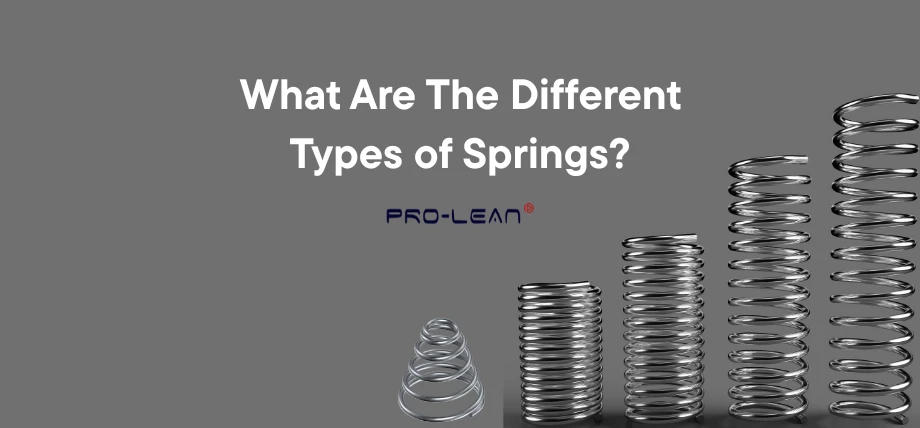
Types of springs
Springs are mechanical components that can store mechanical energy for a given time through elastic deformation. This mechanical energy is released when the external force is removed. Springs are not a new mechanical component and have been in use in different applications and settings.
In modern industries, springs come in many shapes and sizes, and some forms of springs are not the conventional coiled wire shape.
Springs are governed by Hooke’s Law, and this article covers the details of the overview of different types of springs and their applications. It also covers different designs and shapes of springs, and in the end, you’ll find useful insight on the spring material choice.
Overview of Hooke’s Law
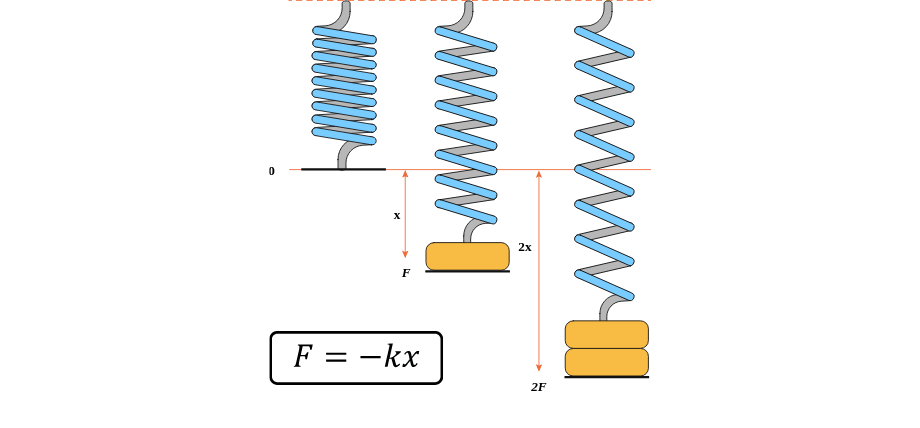
Hooke’s Law
Hooke’s law provides a basic formula to assess the force exerted on a spring when it is compressed or pulled.
Hooke’s Law is: F=-kx
- F – Force on the spring (compressive or tensile)
- X – extension of the spring (original length – new length)
- K – spring constant, which comes from the spring material and spring type
How To Use Hooke’s Law
You can use Hooke’s law in engineering to design a spring’s pitch by calculating the required force and extension. Hooke’s law can also help you analyze different materials used in making springs by performing a quick calculation using spring rate (k).
What Materials are Used in Making Springs?
The type of material used for springs can alter the performance, dimensions, size, and durability of the spring.
Springs can be made from
Spring Steel
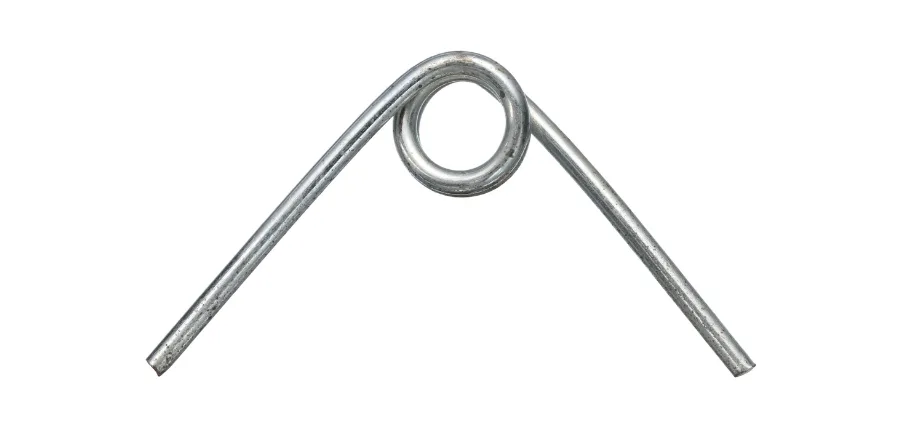
Spring steel
Spring steel generally refers to high-carbon or alloyed steel and is known for its high strength, elasticity, and resistance to fatigue failure. These properties make it ideal for coil springs and helical springs.
Spring steel can tolerate repeated bending and loading without permanently deforming for applications like automotive suspension springs. You can also heat treat spring steel to enhance resilience.
High Carbon Steel
For low-force springs, you can use high-carbon steel. It has high strength and is affordable, making it a common type of material for applications that need little deflection.
Piano Wire
Piano wire has a high tensile strength (material like SWPB), making it ideal for extension springs and torsion springs. Piano wire is commonly used in garage doors, musical instruments, and high-tension applications.
Phosphor Bronze
Used in spring manufacturing for its corrosion resistance and conductivity in electronics, battery contacts, and connectors, phosphor bronze is a reliable material for marine environments and salt water or alkaline applications.
Plastics
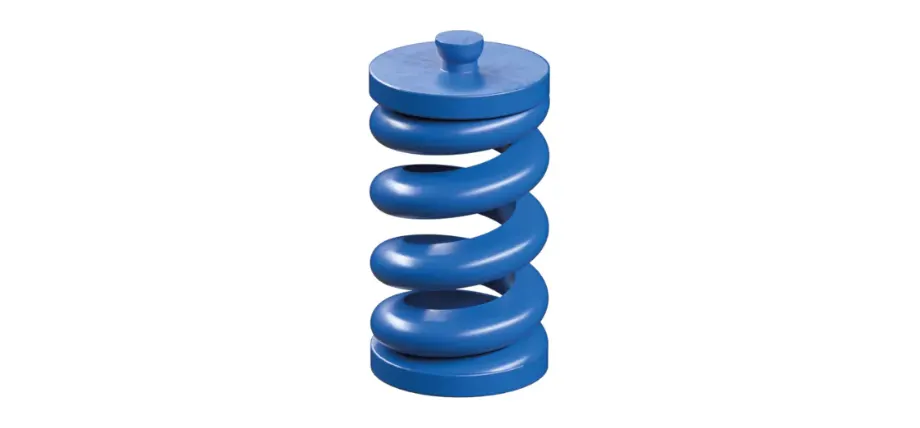
Plastic spring
Plastic springs and composite springs offer design flexibility because they can be 3D printed, and these springs are ideal for applications where space and weight are important factors. It is worth noting, plastic springs have a low loading capacity.
| Types of Materials Used for Compression Springs, Torsion Springs, and Extension Springs | Main Properties |
| High Carbon Steel | High strength and cheap production |
| Stainless Steel | Corrosion resistant and non-magnetic |
| Phosphor Bronze | Corrosion resistant and electrically conductive |
| Titanium | Lightweight and high strength |
| Music Wire (ASTM A228) | High tensile strength and cheap |
What are the Different Types of Mechanical Springs?
There are different types of springs categorized based on their function. The main mechanical spring types include helical springs, leaf springs, and disc springs, each tailored for a specific function.
You can find different types of springs used.
Coil Springs
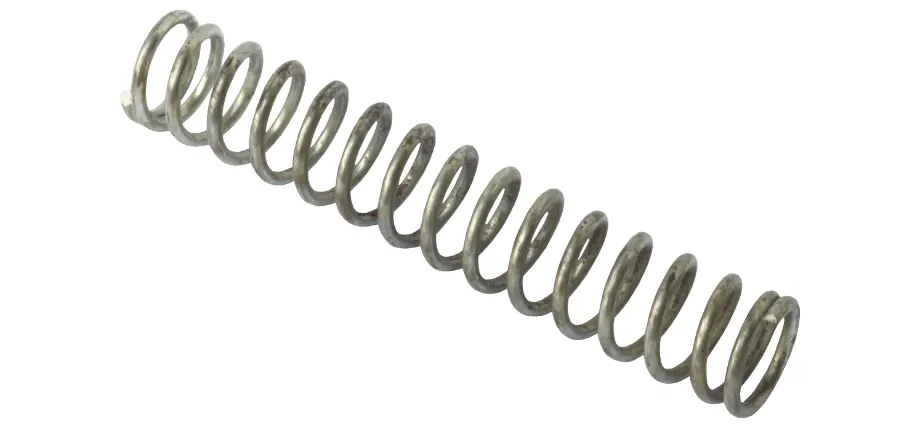
Coil spring
Coil springs are helical springs formed by coiling wire into a helical shape. These springs are helical, versatile, and helically shaped springs can be used in a wide variety of applications. These springs are typically made from materials like steel for durability and elasticity.
Compression Spring

Compression spring
Compression springs are open-coiled helical springs that are specifically designed to resist compressive forces. When compression springs are loaded, they shorten and absorb energy and exert an opposing force.
Compression springs are commonly found in automotive suspension systems, valves, mattresses, and even pens. Their ability to store mechanical energy makes them ideal for shock absorption and maintaining component positioning.
Extension Springs
Extension springs are a subset of coil springs that have a tightly wound helical spring made to resist tensile force. Extension springs extend or elongate when a load is applied. You can find extension springs in garage doors and trampolines and other mechanical systems like toys and automotive components.
The purpose of an extension spring is to ensure the stretched component returns to its original position after stretching.
Torsion Spring
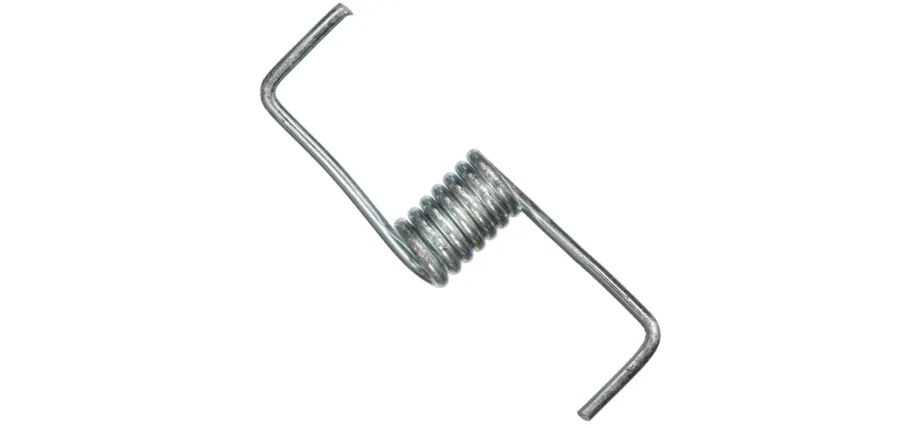
Torsion Spring
Torsion springs are designed to resist rotational movements. Torsion springs are also a variation of coil springs, but release energy through angular deflection. Torsion springs are used in door hinges and clipboards.
Conical Springs
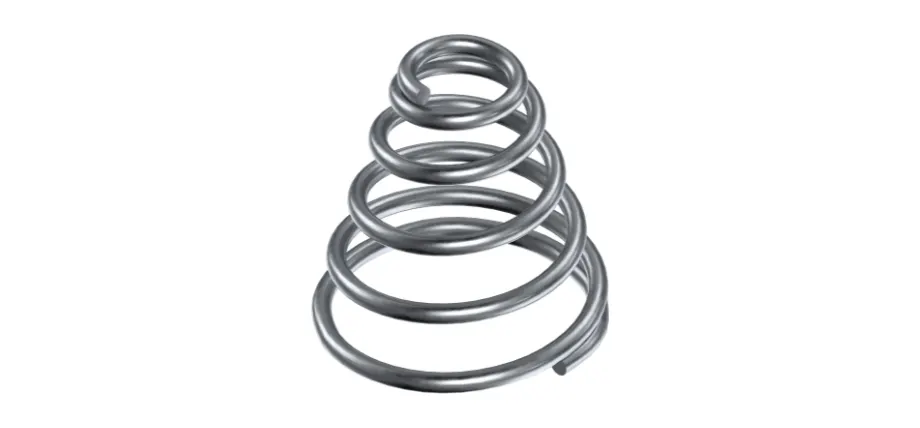
Conical spring
Conical springs are a variation of helical springs that come in a tapered shape, offering a variable spring rate. The stiffness or resistance adjusts dynamically under loadings. Conical springs are suitable for making springs in tiny systems like battery contacts.
Conical springs also find use in vibration-damping systems and provide progressive force in applications where space is limited.
Variable Rate Springs
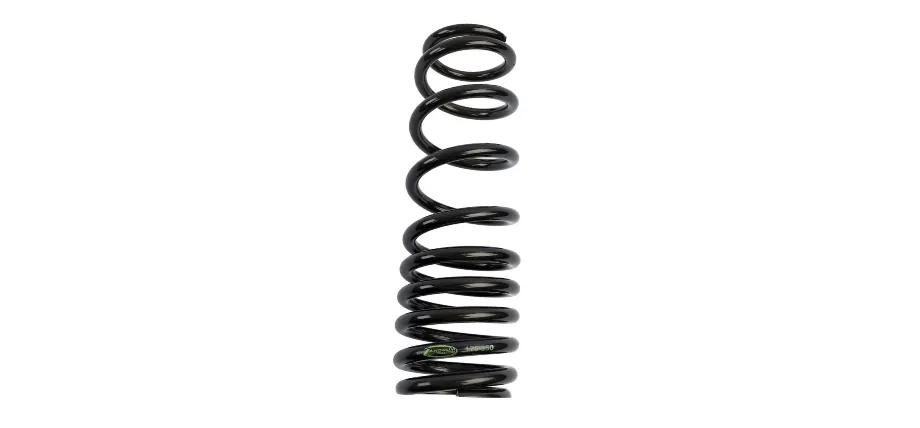
Variable spring
Variable-rate springs have a varying spring rate (k) as they compress. Variable rate springs can adapt to varying loads and are springs that provide changing performance in dynamic applications like car suspension springs.
Leaf Spring
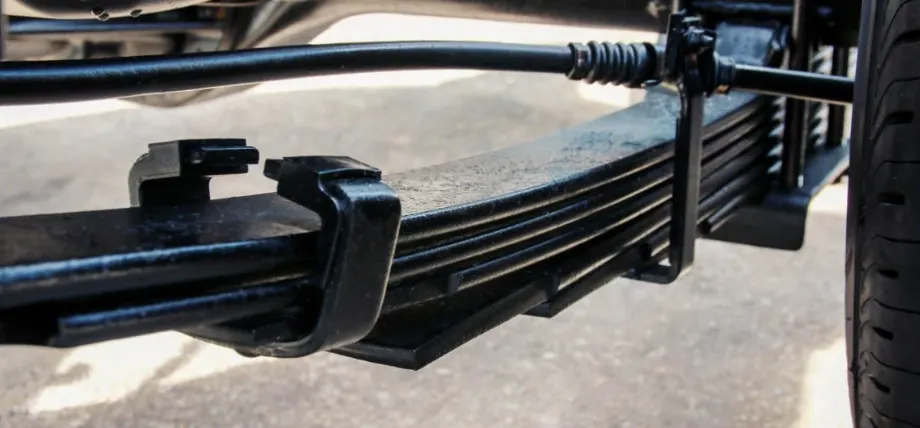
Leaf spring
Leaf springs are stacked metal strips (leaves) that can flex under load. Leaf springs are made from steel and their primary application is load distribution and shock absorption in heavy-duty machinery.
Multi-Leaf Springs
Multi-leaf springs feature multiple steel plates of varying lengths. Multi-leaf springs are extensively used in suspension springs for even weight distribution.
Elliptical Leaf Springs
Elliptical leaf springs get their name from their elliptical shape. Elliptical leaf springs are formed by connecting two semi-elliptical springs in opposite directions, creating a full elliptical shape.
Disc Springs
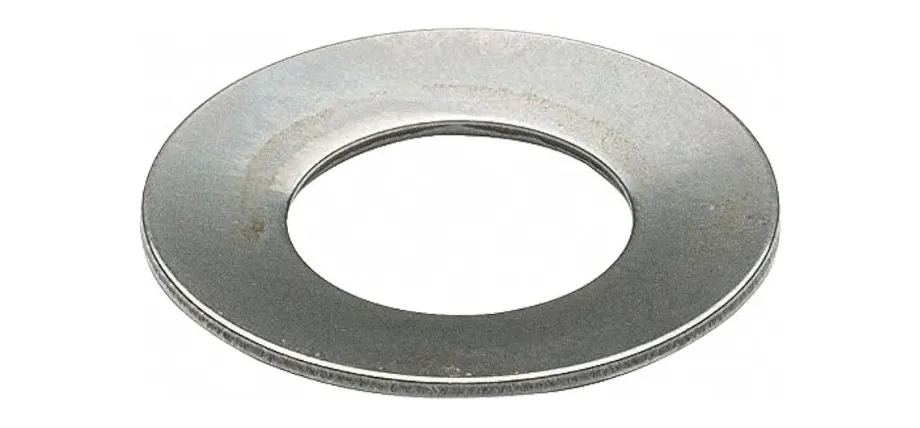
Disc spring
Disk springs can easily be recognized from their conical shape and appear like washers but can deliver high resistive force in extremely compact spaces. Disc springs are widely used for high load small space applications.
Belleville Springs
Belleville disc springs are conical springs that flatten under compressive forces on the spring. They provide high force in applications such as automotive joints, car valve and clutches. The compact design makes them a good choice of springs for your needs in confined spaces.
Curved and Slotted Disc Springs
Curved disk springs are designed to dampen vibrations. Slotted disk springs can allow designers to customize the force distribution. Slotted disc springs are commonly used in aerospace applications.
Additional Spring Types
- Spiral Springs: Flat or coiled wire design and are commonly used in watches of all sizes and are a type of constant force spring.
- Gas Springs: These are a variation of spring mechanism that uses compressed gas cylinders for controlled motion.
- Air Springs: Air springs are pressurized bellows that have the ability to isolate vibration.
- Machined Springs: Custom springs can be precision machined for different applications, from medical to machinery, like custom springs for lathe machines.
Diverse types of springs ensure design flexibility and freedom to cater to specific engineering needs.
Spring Making Process
Springs are made through a very simple coiling method or a precision machining method for custom low-volume pieces. The common way to make springs is:
Coiling or Stamping
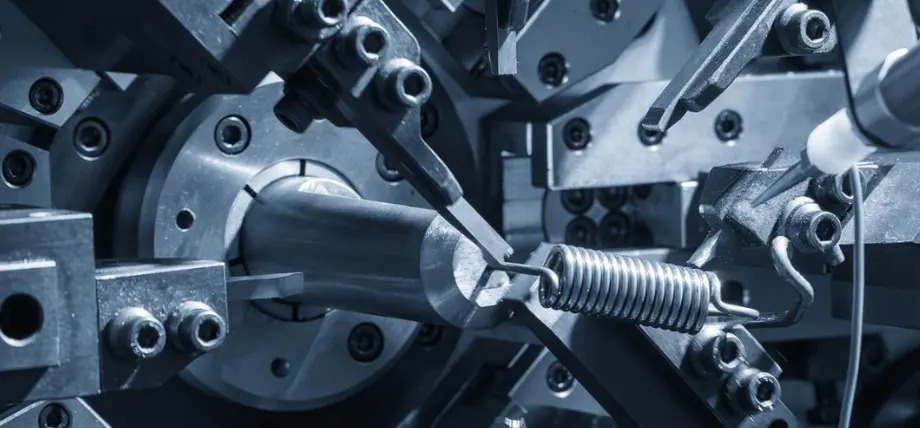
Coiling process
For helical springs, wires of different gauges, materials, and thickness can be wound in automated machines, and the wound angle, turns can be adjusted. Once the desired pitch and turns are achieved, the spring can be cut off.
Stamping is reserved for leaf springs, becuase it is easier to cut leaf springs from metal sheets.
Heat Treatment
Heat treatment is an essential part of spring manufacturing. It can enhance the toughness, durability and wear resistance of springs used.
Coatings
Springs can be electroplated with metals like zinc to protect against corrosion.
Machining
CNC machining springs is another popular method of making springs for high-precision applications.
Applications of Springs
Most Common Spring Application: Suspension
Springs within vehicle suspension, which include coil, leaf as well as air types, handle impacts and hold steadiness. A usual spring is the coil type in cars for passengers. Leaf springs are prevalent in tough suspension, like in trucks.
Aerospace
For aerospace discs and machined springs, give support to landing equipment, plus operating equipment. Machinery in industry uses springs in valves, actuators next to vibration lessening. Springs are ready for jobs needing considerable support.
Electronics
Inside regular consumer products, springs are used frequently. Compression springs occur in pens and mattresses. Torsion springs are found in door connections. Flat springs make contact in electrical parts. In electronics, phosphor bronze springs make connections in batteries and switches.
Medical Devices
In medical equipment such as syringes plus inhalers, provide exact force control. Commonly, they use materials that stop corrosion, like stainless steel.
How To Select The Right Spring Type
You can use this simple checklist to help you decide the best spring for your project.
- Load requirements: Check the application and loading requirements of the spring to help you decide the type of spring. Tensile, torsional and compressive forces can easily filter out springs.
- Spring rate: To help you decide the material, you can look at the material stiffness and spring rate compliance with hooke’s law and elastic deformation.
- Space: Check the space available where the spring is going to be used to revise material stiffness and pitch of the spring.
- Fatigue: If the spring is going to be used in high and repetitive loading, it is a good idea to coat or heat treat your springs to prolong their life.
Conclusion
Springs are integral components in many applications and understanding the different types of springs- from compression and extension springs to leaf springs and disc springs is important for engineers, designers, and informed clients.
By selecting the appropriate spring type and materials used, engineers can enhance performance and durability. You can consult Prolean-Tech for further guidance on selecting the right spring for your project.
Looking To Make Custom Springs? | Prolean-Tech
With high precision CNC machining, you can make custom springs of any size and diameter according to your specific requirements, surface finishes, coatings, and even material choices.
Custom screws are used in winding systems for watches and small electronics. Our custom machining services and Swiss machining excel in providing high-quality low and high production runs for spring manufacturing.
Request a free quote today!

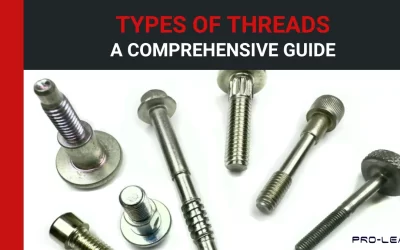
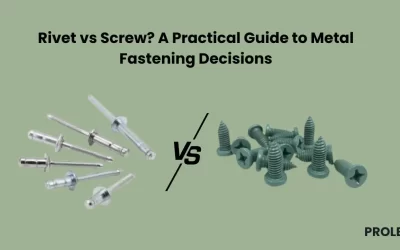
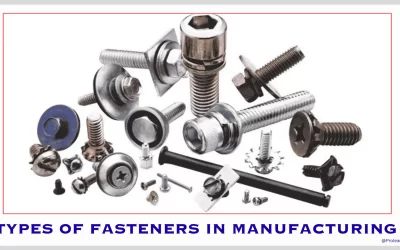
Great article! can you suggest which material is best for springs i need for chemical expementation?
I think Phosphor bronze can be a options. Please contact us for details material selection help tailored to your needs.